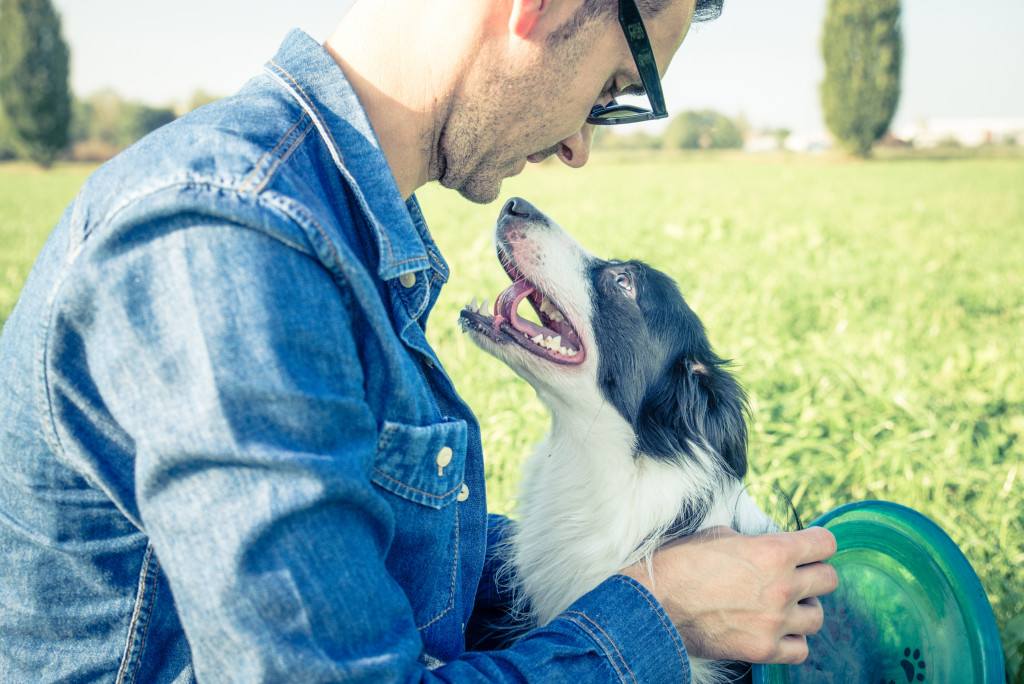Fostering is an option that plenty of dog owners consider to help their local shelters. After all, how hard can it be when you already have a dog or two, right? While it’s easier for long-time dog owners, this doesn’t make you immune to the challenges that come with fostering. Remember that your goal isn’t just to keep them well-fed and happy while they’re with you. To help them succeed in life, you have to commit to certain responsibilities that will increase their chances of adoption. This means working with certain behavioral issues and utter lack of training because many of these dogs were probably saved from the streets.
The good news is that there are ways to improve the results of your fostering efforts significantly. Here are four of them that you’ll want to start with.
Assess Your Home and Make Improvements
Whether you live in a three-bedroom property in the suburbs or a one-bedroom apartment in the bustling cities of Utah, there are undoubtedly several improvements that you’ll want to make. For those with backyards, you’ll want to reinforce your fence and protect plants that could be targeted by your new dog. You’ll find out just how worried you should be depending on the shelter’s assessment. Maybe they’re jumpers, and they have a history of climbing over tall fences. Consider adding a roller bar on top to prevent their attempts at jumping over the edge. You’ll also want to hire services like regular tree trimming in you locality to keep your perimeter tidy stop them from climbing it. Believe it or not, certain breeds are notorious for climbing.
Other factors you have to consider include mattress protectors if they pee on your beds and baby gates to keep them on one side of the house whenever necessary. Remove anything that they could chew or choke on or place these items out of reach. Never assume that they’re like your own dogs and that you can keep an eye on them at all times. The better prepared you and your home are, the lesser the stress will be.
Avoid Rushing
Their first few days in your home is crucial. You’ll want to limit the number of people and pets they’re introduced to, especially on their first day home. Imagine how stressful moving is for them and trying to figure out why they’re in a new place. If you can, arrange for a meeting on neutral ground. Let your dogs and your new dog get a whiff of each other from a safe distance, and then slowly close the proximity based on their comfort level. Once they’re home, let your new dog adjust at their own pace and manage your expectations. Maybe they’ll want to stay in one corner for days. Make sure they’re comfortable and don’t force them into any situation where they might feel threatened. Remember, you must gain their trust.

Focus on Training
Start training as soon as possible. While you don’t want to rush things, you must also be firm in setting important boundaries. You can only do this by teaching them basic obedience commands if they haven’t learned them already. The great thing about this is that taming them through positive reinforcement is a reliable trust-building exercise. Make sure that you’re loaded with tasty treats and that you avoid punishing them for misbehaving. Training takes a while, but it does pay off.
Document Everything
Never lose sight of your goal, and that is to help your new dog get adopted. Take pictures and videos as often as possible, especially when you’re training them. Get footage of them interacting with your dogs and the people in your home. Going to the beach? That’s a great chance to capture high-quality photos that will stand out on social media and web pages. Document proof of their social skills and unique traits. If they have behavioral issues like reactivity, it’s also best to have a video of the behavior. You won’t want other dog lovers to be caught off-guard with these issues because that could lead to your new dog getting returned to the shelter.
Foster When You Can
There are seasons in your life when the conditions are right for fostering and times when you’re not in the best place mentally, physically, and financially to do it. That’s alright. Assess where you are and be realistic about what you can and cannot do. It’s when you’re in tip-top shape that fostering is more productive and fulfilling for you and the dogs that need your help.




